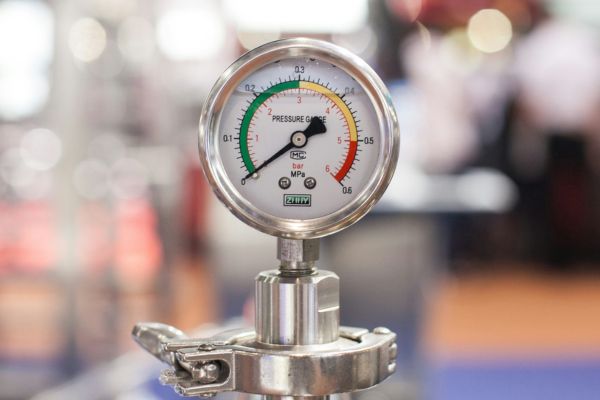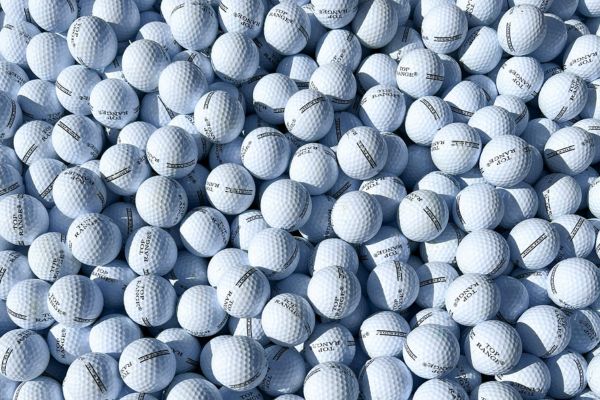Back in 2007, reverse convertibles accounted for over 15% of sales in the US market, a figure which has decreased steadily in the following years to less than half that share now. We will examine four reasons for this: previous product failures, less favourable pricing conditions, competing product construction and the return of capital (principal) protected products.
High yields pre-crisis
The early days of the US structured product market (which can be taken to be up to 2007 before the financial crisis). Investors were attracted by the high yields on offer, the products were typically between 3 and 12 months long and linked to a single US stock. Many of these were big names such as Apple and Microsoft supplemented by an array of more volatile companies. Over decades investors have often misunderstood the true characteristics of all types of investments purporting to be income products and reverse convertibles fell squarely in that category. This is because the existence of a headline yield can lead to underestimating capital risk. Rather than being simple bond alternatives, reverse convertibles of this type are higher risk and should always be treated as such.
Mis-selling and falling rates
The resulting fallout after the financial crisis in 2008 caused many problems of losses and proven cases of mis-selling, the effects of which rumbled on for many years. It is fair to say that reverse convertibles have struggled to redeem their reputation in many circles ever since. In the years that followed, interest rates fell for many years to near zero levels and the markets returned to a relative calm meaning volatility levels fell. The headline yield is the sum of the risk-free rate and the volatility pickup. Both these components were reduced, thus reverse convertibles were unable to offer such high yield levels.
The rise of the Auto-call
The next blow to the role of reverse convertibles is undoubtedly due to the rise of the Auto-call. This product type has achieved blanket coverage in many markets and its enticing blend of returns, timing and protection have made it very popular. There are many similarities between reverse convertibles and capital at risk Auto-calls. Both aim for yield and the typical capital return at maturity is often the same: full capital unless a barrier level has been breached in which case the return of the product is equal to the level of the underlying asset price return.
Comparisons between the two product types
However there are two key differences in the payoff profile of the two product types. Firstly, income is generally paid in a reverse convertible regardless of market performance, whereas most Auto-calls only pay yield on successful calling, although some do have fixed or contingent income. Secondly, the reverse convertible has a fixed maturity and an Auto-call by definition is likely to mature early in any positive scenario.
Therefore when comparing an Auto-call with a reverse convertible with the same maximum maturity, underlying and barrier level the headline yield for the Auto-call is significantly higher, often nearly twice as much as could be offered for a reverse convertible. These optics and payoff characteristics are part of the reason that Autocalls have long replaced reverse convertibles as the yield instrument of choice in the structured products world.
Looking ahead
Finally we should note that in the last couple of years US interest rates have shown signs of picking up and as such allow various capital protected products such as participation and digital payoffs to become viable again. While these are not a logical replacement of reverse convertibles, in a world where higher levels of income can be achieved risk free and when capital protected products can offer some combination of income and fixed payment it is inevitable that higher risk instruments will lose some support from more risk averse investors.
In summary we find that while reverse convertibles have not disappeared there are a number of factors that have depressed their usage and it may be some time before that trend is reversed.
Tags: Product types Investment Structured Edge













